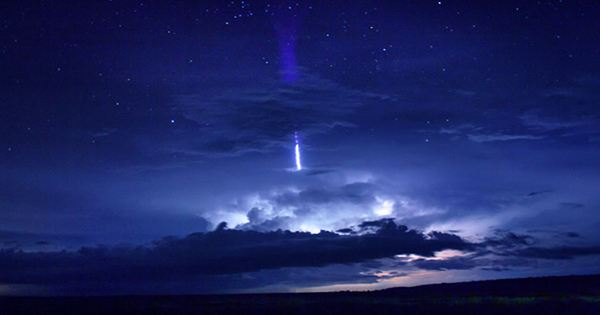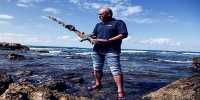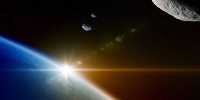The first claim, based the single grain of the near-Earth asteroid Itokawa, was brought back to Earth in 2010 by the Japan Aerospace Exploration Agency (JACS) Hayabusa Mission. The mission found 1,500 grains, less than about 10 microns – but with teams interested in studying them worldwide, access to even one is not easy. Important elements for the presence of life both an asteroid and a comet have identified individually. The findings do not necessarily make the case for panspermia – the concept of life on Earth created from space – but they do suggest that there may be major contributions of key elements beyond our atmosphere.
Dr Quinn Chan of the University of Royal Holloway in London was among the lucky ones. In the scientific report, he announced what the most important outcome of the entire mission might be. Chan said the grain contains both water and organic matter, with evidence that both asteroids are likely to left open in previous samples, rather than being contaminated as result of their return to Earth. Chan said in a statement, “After a very detailed study by a team of international researchers, we have a single grain-related analysis called ‘Amazon’; they have stored both primitive (heated) and processed (heated) organic matter within ten microns (one thousandth of a centimeter) at a distance.”
The nickname comes from a 50 mm (0.002 inch) long grain similar in size to South America. The combination of primitive and inactive elements is important, indicating, “The asteroid was heated to more than 600°C in the past. Our findings prove that the combination of materials is a common process in our solar system.” High temperatures can cause water to evaporate a result of collisions that separate the previous asteroid. That means the water in the well water must have arrived later.
Perhaps the most notable aspect is that Itokawa is an S-type asteroid, the source of most meteorites. Previously, the search for organic matter from space focused on carbonaceous chondrite meteors, which considered more likely to carry valuable materials, but this is very rare. For example, both Hayabusa2 and OSIRIS-Rex visited the carbonaceous asteroid. If Itokawa collected water and organic matter after the heat event, perhaps the Earth was collecting large amounts of both at the same time.
The time that science sometimes determines coincidentally coincides with the announcement of Itokawa and the publication of a paper in the Planetary Science Journal revealing the presence of a large amount of carbon in the tail of the comet Catalina. The ability of carbon to form the basis of complex and diverse molecules considered essential for life. Although prevalent in the universe – since, unlike most elements, it does not require supernova explosions or neutron star collisions to form – it thought that carbon driven from the inner solar system.
This creates what called the “carbon deficiency problem”. “We’re still not sure if the Earth itself could hold enough carbon at the time of its formation, so a carbon-rich comet could be an important source that provided this essential element that we know revived life,” said lead author Professor Charles of the University of Minnesota Twin Cities Woodward Md.
Carbon has found in comets before, but Catalina’s observations suggest that they may have had more than we could have imagined from the Ort cloud, making it easier to understand how the Earth ended so long.
















